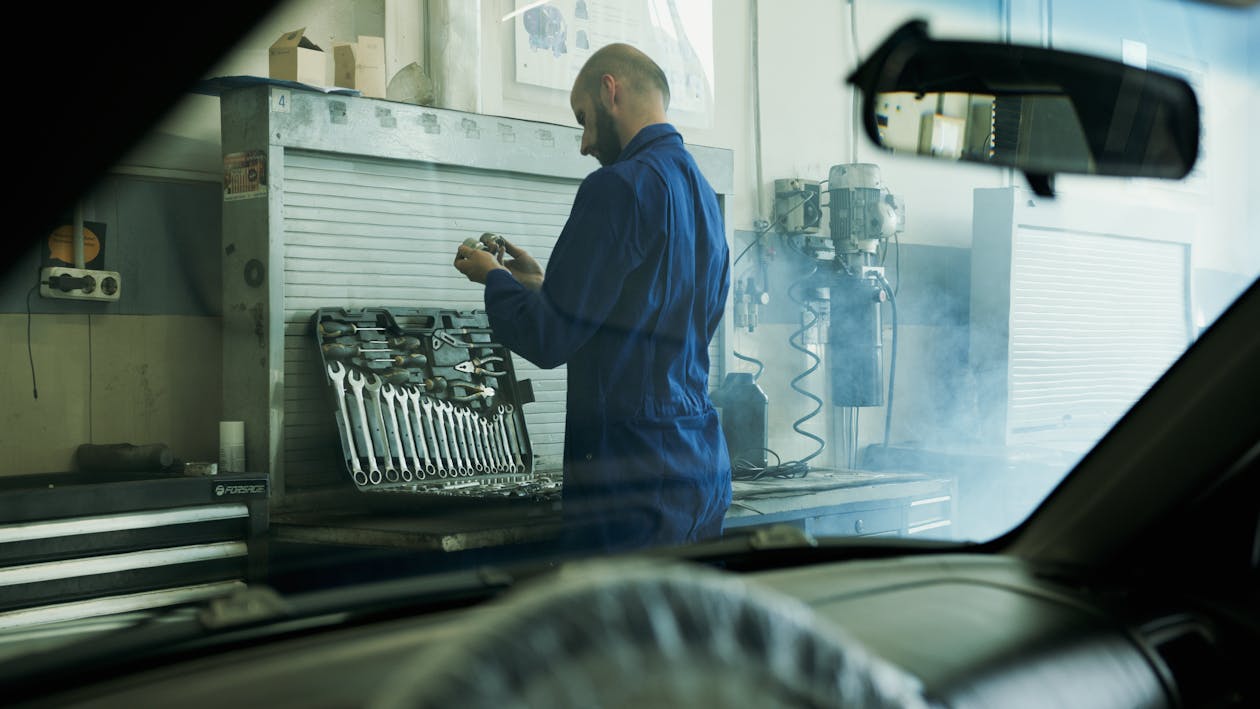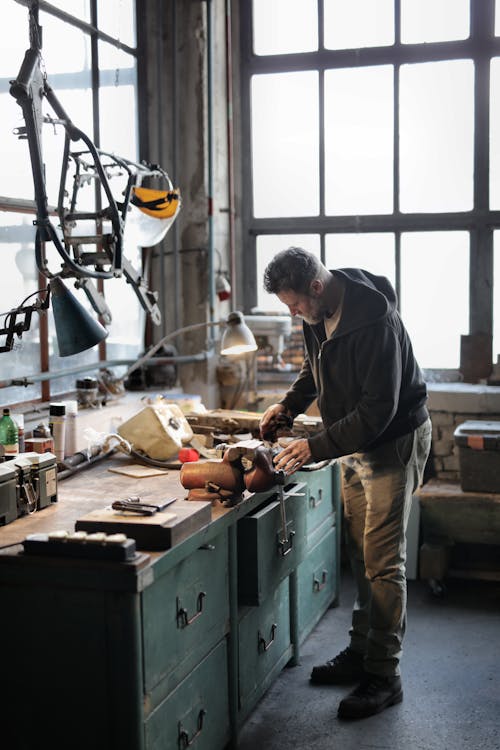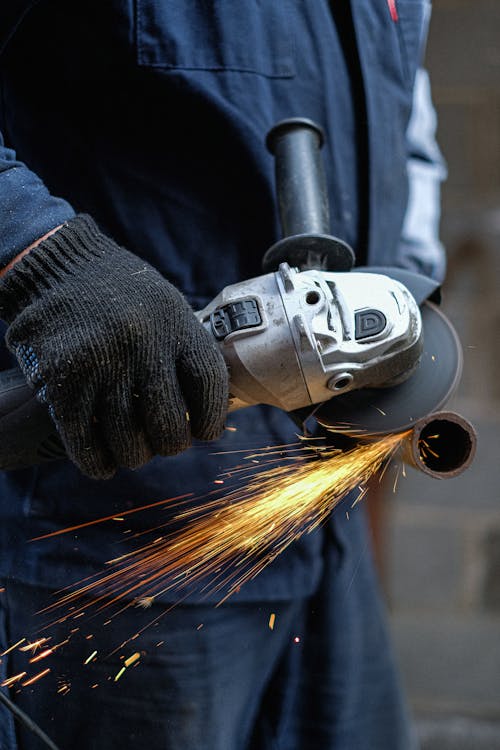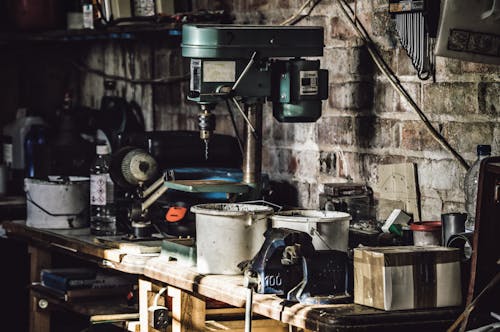Your Ideal Metal Working Workshop

Starting with a new hobby can always be very daunting. The thought of starting with something new and unfamiliar can be like shooting in the dark. Which tools do you get first? Also, how many functions can each tool facilitate, and which one will suit your needs?
We are answering all those questions today with our list of essential tools necessary to equip your new workshop right away.
Holding Your Work

Being able to hold your workpieces while working with steel is very important for accuracy, precision, control, and most importantly – safety. Users may have different needs for their machinist vices, this is why we have put together a range of various metalworking engineering vices to suit your every need. Whether you’re a beginner or master metal worker, this list will help you make the right decision for your workshop.
We explored Engineering Vices in further detail in our article Engineering Vices: Which One Do You Need?
Chopping Away At Metal

Cut metal in various ways with the right power tool. Although one can use woodworking saws to cut through metal. This, however, will be with the utmost difficulty which would result in a lot of wear on your blades and machine. Angle grinders are great for a variety of purposes including grinding, cutting, cleaning, and polishing surfaces. We explore angle grinders further in our article Uses of Angle Grinders and Grinding Accessories.
For bigger pieces that need to be brought to the bench for more stability and safety, you may also want to look at Cut-Off Saws and Metal Band Saws as well.
Joining Metal Together
Welding is done by creating an arc between the base metal (the metal being welded) and the filler metal. The arc melts the base metal and filler metal, combining them into one material to join the base metals. The filler metal is consumed in the process. You can read up on more about the various welding techniques and their purposes in our previous article Welding Basics.

Soldering is another essential skill you need when joining smaller metal joints. Soldering is a joining process used to join different types of metals together by melting solder. Solder is a metal alloy usually made of tin and lead which is melted using a hot iron. The iron is heated to temperatures above 600 degrees Fahrenheit which then cools to create a strong electrical bond.
If you are anything like me, you are very averse to learning how to weld and also very wary of taking part in the costly process of buying more machinery and learning more skills when all you need to do is to complete a single project. Check out The Bellice Connect System.
Drilling into Metal

Drilling into thicker and heavier materials by freehand and still maintaining vertical accuracy can be close to impossible, especially for a novice metal worker. We have previously discussed the uses and benefits of drill guides, however, is less easy to handle materials this can present challenges on both your wrist and eventually your control.
The drill press comes in handy in these instances. Having a drill stand directly above the material makes boring multiple holes a much easier and more efficient task. When it comes to materials of a thicker and denser nature, the strong motor and robust foundation of the drill press relieve your arms on that extra force. Read up on more about drill presses in our article Drill Press Basics: Getting Started.

Comments
Add comment